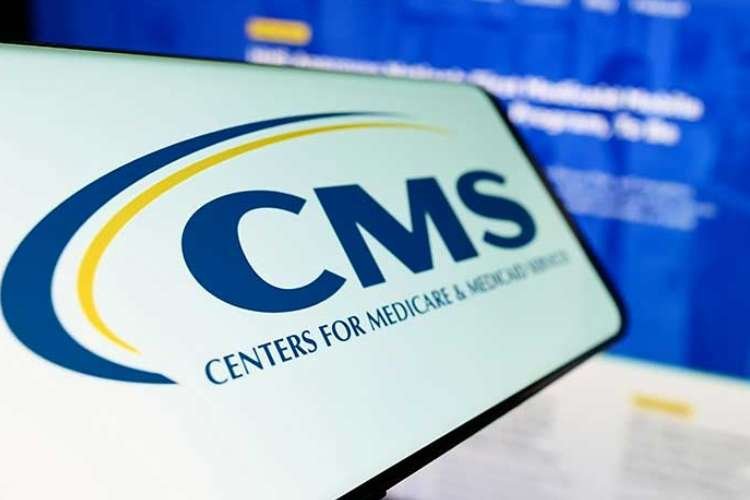The day that pharmaceutical manufacturers have been cautiously eyeing has finally dawned – Tuesday saw the grand revelation of the ten drugs stepping onto the stage for the inaugural price negotiations under the Inflation Reduction Act (IRA). This marks a pivotal juncture where the intersection of policy and pharmaceuticals unfolds, prompting reactions and debates that ripple through the industry.
In this ensemble cast of drugs, some prominent names take the spotlight. Johnson & Johnson’s trifecta of Imbruvica, Stelara, and Xarelto, along with Bristol Myers Squibb’s Eliquis, are poised to undergo the scrutiny of price negotiations. Merck & Co.’s Januvia, Novartis’ Entresto, Eli Lilly’s Jardiance, AstraZeneca’s Farxiga, Novo Nordisk’s Fiasp, and Amgen’s Enbrel complete the list, an assembly that commands attention and contemplation.
This ensemble carries not just weight but a financial significance that reverberates through the industry. Their collective impact on Medicare Part D spending, ranging from June 2022 to May 2023, has eclipsed a staggering $45 billion, a figure that underscores the stakes involved in this negotiation saga.
The stage is set, the actors are in place, and the drama unfolds as these pharmaceutical giants get ready to submit the data and insights that paint a comprehensive picture of their medications. By October 2, they’ll have a canvas to illustrate their drugs’ value propositions, weaving together efficacy, patient impact, and market dynamics.
But in this theater of pharmaceutical evolution, there’s more than meets the eye. A legal symphony plays in the background, as many of these companies mount challenges against the legality of the IRA. The courtroom serves as a battleground of ideologies, a clash between those who question the process and those who envision a future shaped by it. As these legal narratives evolve, the future of IRA and its impact on the pharmaceutical landscape hang in the balance.
The narrative advances, revealing the meticulous negotiation choreography set in motion by the Centers for Medicare & Medicaid Services (CMS). The roadmap is clear – this fall, meetings are slated between CMS and the pharmaceutical behemoths that have made the list. These discussions lay the foundation for a dance of numbers and priorities. By February 1, 2024, CMS will present the drug manufacturers with an initial price offer, a figure that defines the boundary of negotiations.
As the narrative unfolds, each company earns the spotlight thrice, with up to three negotiation meetings that extend until August 1, 2024. This is a period where the intricacies of pharmaceutical pricing, the art of balancing access and sustainability, are laid bare. And when the final curtain lifts, January 1, 2026, becomes the dawn of a new era for drug pricing.
In a narrative where every act has its critics and champions, reactions to the unveiled list have been fierce and impassioned. Stephen Ubl, the CEO of the Pharmaceutical Researchers and Manufacturers of America (PhRMA), cast the list as a product of hastened decisions, driven by political currents rather than patient welfare. It’s a reminder that in this symphony of policy and industry, the orchestra is composed of different tunes, each advocating for a distinct note of change or caution.
In a crescendo of opposition, industry players have taken their grievances to court. Amidst this legal landscape, questions about the IRA’s alignment with existing legislations, such as the 1983 Orphan Drug Act, resonate. AstraZeneca, Boehringer Ingelheim, Merck, BMS, J&J, and the US Chamber of Commerce all join the legal fray, with arguments that traverse constitutional grounds and regulatory interpretations.
But amidst the clashes, a common thread emerges – the intention to shape a pharmaceutical landscape that best serves patients’ needs, financial sustainability, and innovation. The United States Department of Justice (DOJ) and allies like AARP, who champion the challenges posed by exorbitant drug prices, stand as witnesses to a debate that extends beyond courtroom arguments.
In this narrative, patient lives and access to treatments are intertwined with financial interests and legal debates. It’s a tapestry where the shades of change, resistance, and evolution converge, unfolding a story that defines the future of pharmaceutical pricing. As the dialogue between CMS and pharmaceutical titans commences, the future holds both uncertainty and promise, an ever-evolving script that shapes the way medicines touch lives.





























